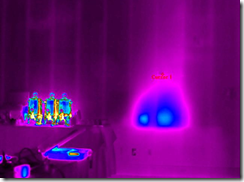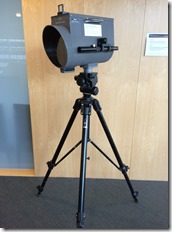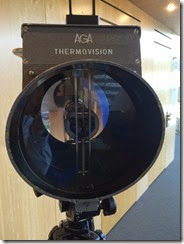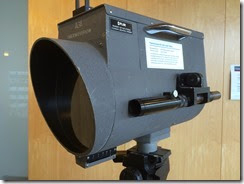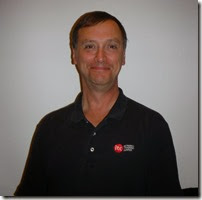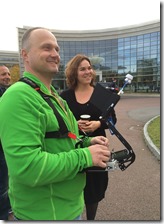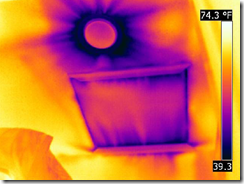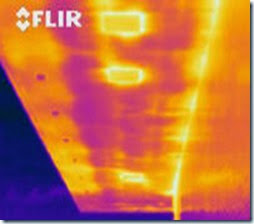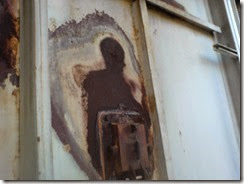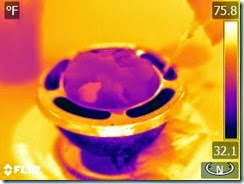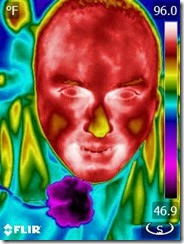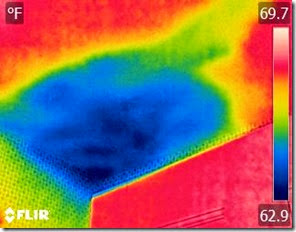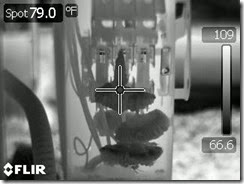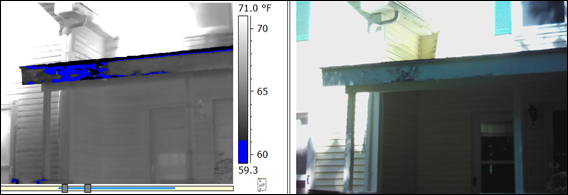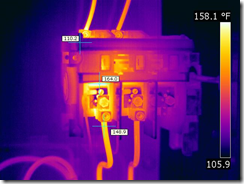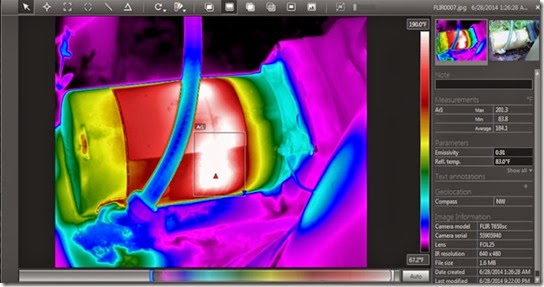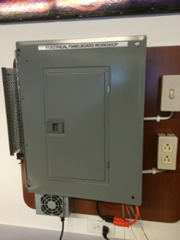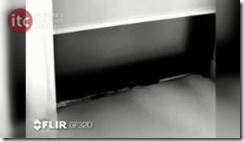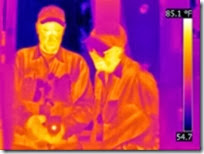 InfraMation 2015 is now less than a year away and there’s no time like the present to seriously consider sharing your expertise on the issues facing today’s thermography professionals. Clinics, presentations, and poster sessions all originate with you so FLIR and ITC are calling for your papers now for InfraMation 2015.
InfraMation 2015 is now less than a year away and there’s no time like the present to seriously consider sharing your expertise on the issues facing today’s thermography professionals. Clinics, presentations, and poster sessions all originate with you so FLIR and ITC are calling for your papers now for InfraMation 2015.
We are thrilled to be bringing the conference to the heart of Music City in Nashville, Tennessee. Along with the opportunity to help others succeed in building diagnostics and condition monitoring infrared, those with valuable insight into optical gas imaging and research and science thermography, are strongly encouraged to participate!
Start here to submit your abstract: www.inframation.org/papers
If you haven’t submitted an abstract before, then I hope you’ll do so this year. Here are just some of the benefits of being a presenter or instructor at InfraMation:
- Qualify for a deeply discounted conference registration fee and/or honorarium
- Identify yourself as an infrared thermal imaging expert in your field
- Earn valuable certification renewal credits
Whatever your thermal imaging know-how, there’s an interested audience at InfraMation. From building investigations to electrical and mechanical monitoring to R&D and OGI to thermography program management and marketing, attendees are always riveted and appreciative.
Not planning to submit an abstract this year? Then be sure to register for the conference right away to take advantage of the incredible Early Bird Special pricing still available.

![cold-air-boston-sawyer-IR-thumb-jpeg[1] cold-air-boston-sawyer-IR-thumb-jpeg[1]](http://lh3.ggpht.com/-m9eBdvlKTPE/VJGO8sUPixI/AAAAAAAAEgE/5smJ5trxTO4/cold-air-boston-sawyer-IR-thumb-jpeg%25255B1%25255D_thumb.jpg?imgmax=800)
